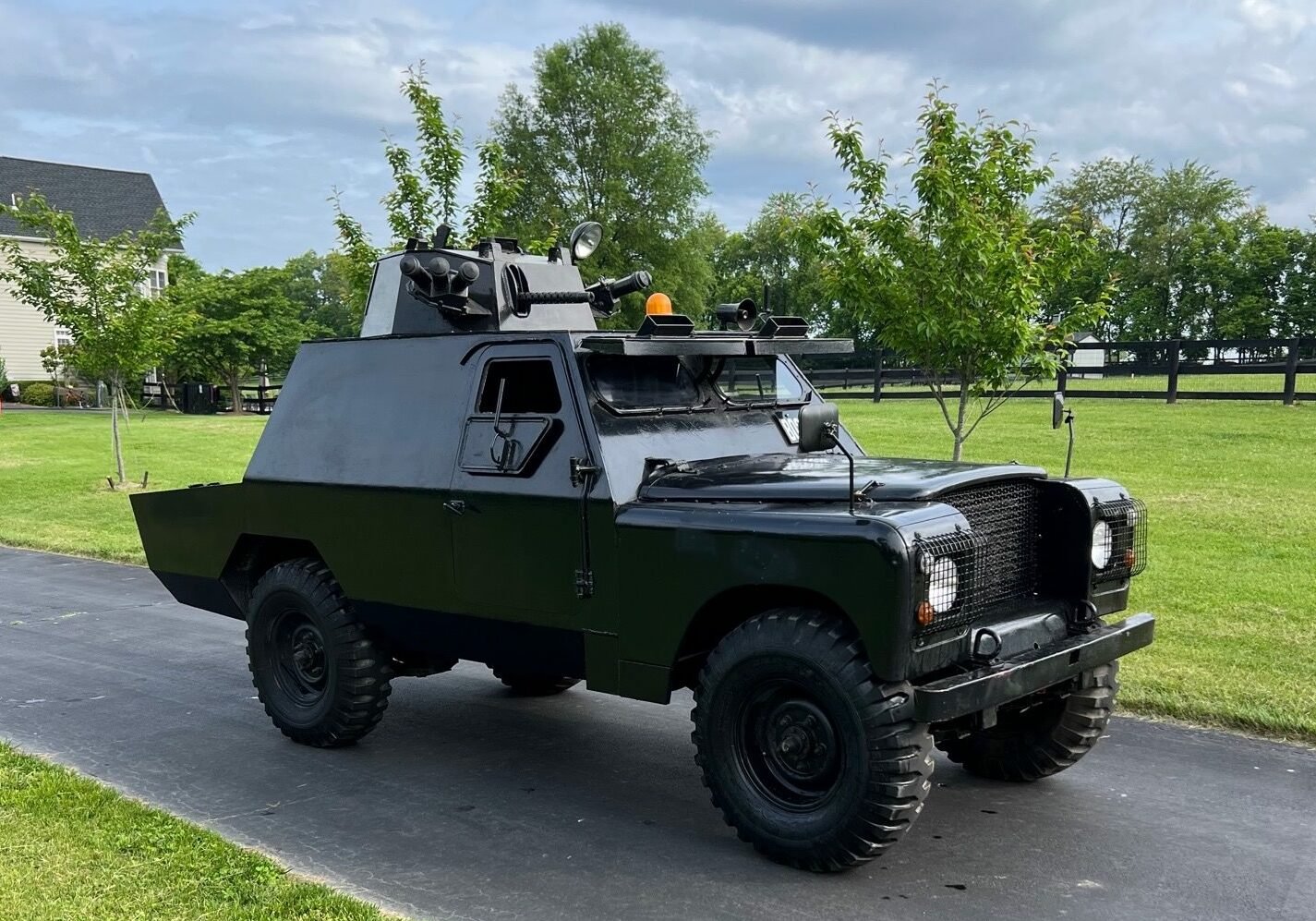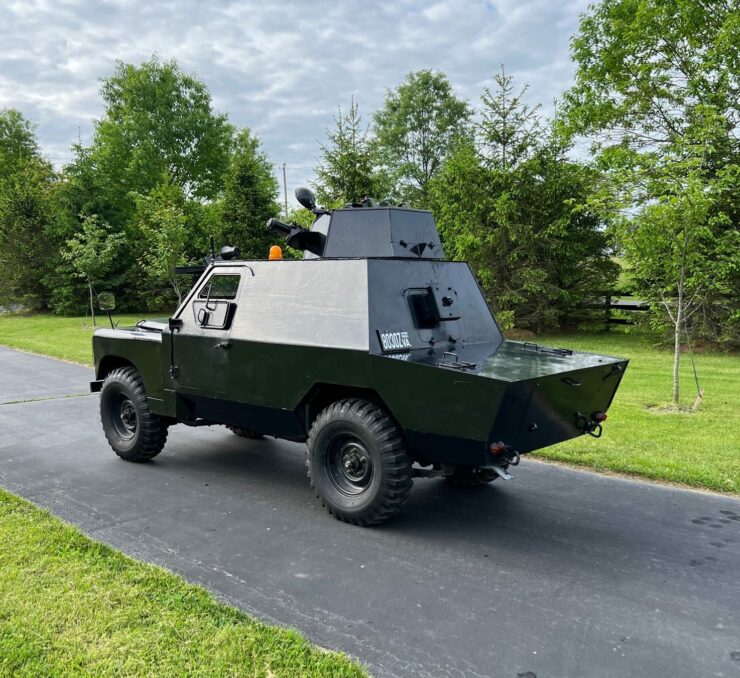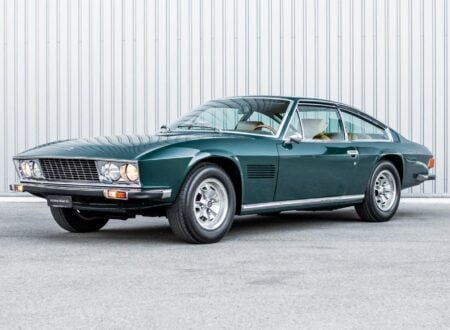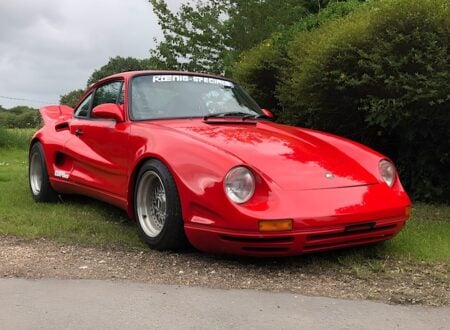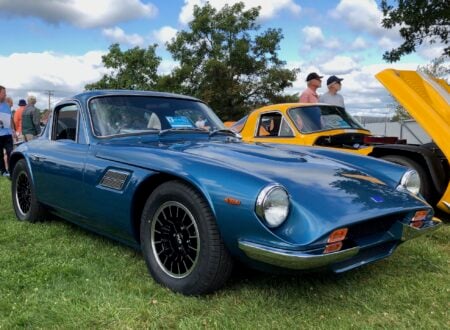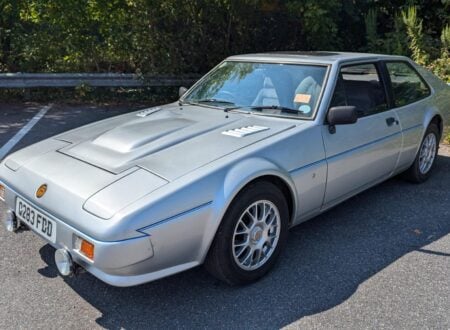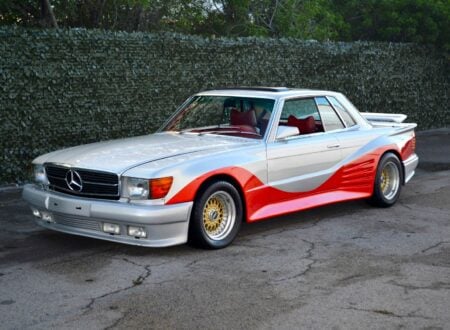This is a Shorland Mk 3 Armored Patrol Car, it was built by the Short Brothers & Harland Ltd. of Belfast, Northern Ireland on a Land Rover 109 Series 3 platform, and it still retains both its 1/3 of an inch steel armor and its functional roof turret.
The Shorland Mk 3 was used extensively by the Royal Ulster Constabulary, then later by the Ulster Defence Regiment in Northern Ireland during “The Troubles.” This was a period of significant civil unrest that ran from the late 1960s well into the 1990s. Armored vehicles were used by law enforcement to protect against surprise attacks which could include gunfire, improvised explosives, or Molotov cocktails.
Fast Facts – The Shorland Mk 3 Armored Patrol Car
- The Shorland Mk 3 Armored Patrol Car was developed by Short Brothers & Harland Ltd. of Belfast, Northern Ireland. It became a regular sight on the streets of Northern Ireland during The Troubles, particularly throughout the 1970s and into the 1980s.
- The vehicle started out as a Land Rover 109 Series 3 however it’s been significantly modified. The original thin aluminum body is gone, replaced by welded 8.25mm (1/3 of an inch) steel armor plating.
- The Shorland Mk 3 retains the steel Land Rover ladder chassis, the upgraded heavy duty leaf springs, and the live axles front and rear. Power is provided by the 2.6 liter Land Rover straight-six, and power is sent back via a 4-speed manual transmission and a dual-range transfer case.
- The vehicle you see in this article has been imported from Northern Ireland into the United States. It’s now road registered with a clean Virginia title and it’s being offered for sale on Bring a Trailer.
The Shorland Armored Patrol Car
The Shorland Armored Patrol Car was designed by Frederick Butler specifically for use by the Royal Ulster Constabulary in Northern Ireland. The design process began in 1961 and by 1964 the final prototype had been developed. Deliveries began in 1966, and they became a common sight on the streets of Belfast.
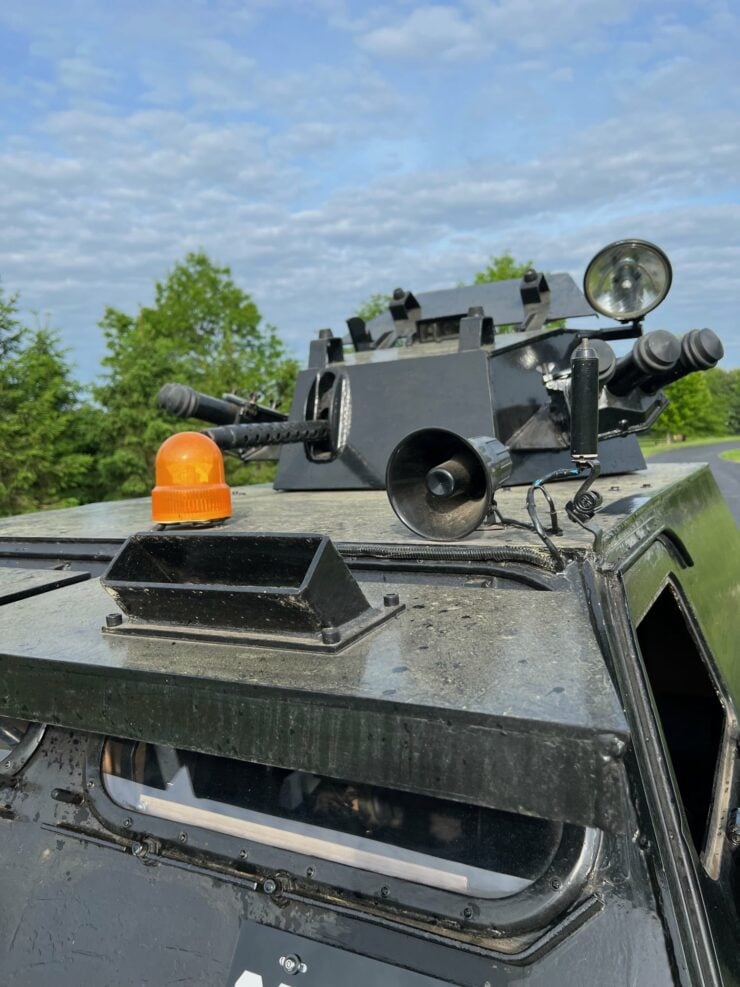

Although it was developed in Northern Ireland for local use, the vehicle ended up being used by a slew of operators around the world across four continents including South America, Africa, Asia, and Europe.
The Shorland would be used extensively in The Troubles, and also in the Lebanese Civil War, the Rhodesian Bush War (now Zimbabwe), the Second Malayan Emergency, the Sri Lankan Civil War, the Libyan Civil War, and during internal conflicts in Burma (now Myanmar).
As a result, the Shorland became a common sight in newspapers and televised news coverage throughout the 1960s and 1970s in particular, as they were used in so many of the world’s conflict zones.
Specifications: The Shorland Mk 3 Armored Car
The design of the Shorland Armored Car was both simple and quite robust. Each built started with a standard Land Rover 109 (the long wheelbase variant), much of the original aluminum body was removed and replaced with welded 8.25mm (1/3 of an inch) steel armor plating.
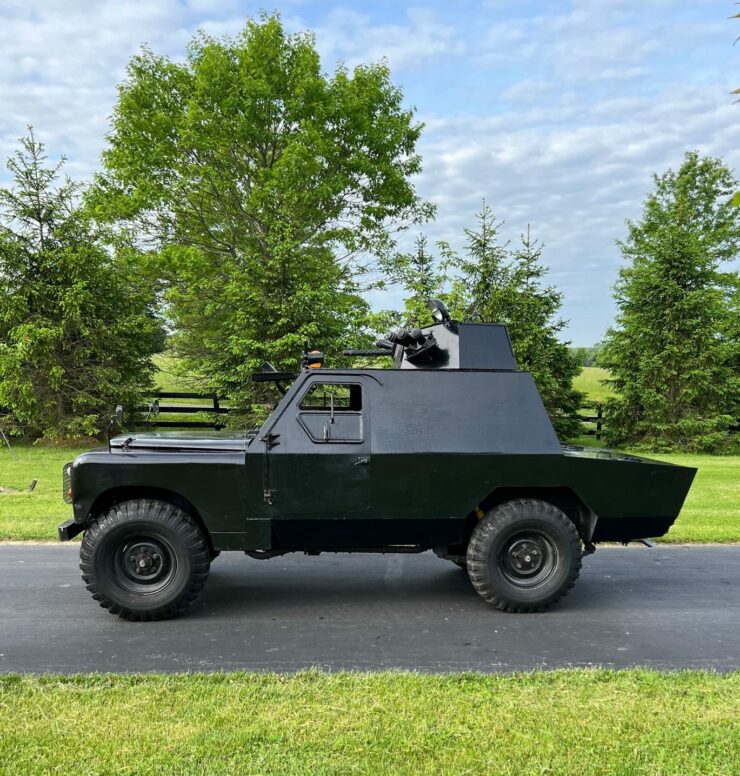

Smaller side windows with flip-up armored hatches were fitted, and smaller wind screens were installed with similar flip-down hatches that had integrated viewports. A rotating turret was fitted to the roof which was typically fitted with smoke grenade launchers and a heavy machine gun – usually the 7.62×51mm NATO machine gun.
The Shorland was built over five generations, the Mk 1, Mk 2, Mk 3, Mk 4, and the Series 5. Each corresponded to a different Land Rover donor vehicle and different body specifications, typically they had altered weapons capabilities, and the machine gun roof turret was discontinued during the 1970s.
The Shorland Mk 3 was the biggest of the early upgrades and it resulted in a significantly improved vehicle. The original engines had produced just 67 bhp which was woefully inadequate for the heavy steel armored body.
Power and torque was increased with the Mk 3 thanks to the use of the 2.6 liter Land Rover straight-six that offered significant gains in both horsepower and torque, now producing 91 bhp along with 150 to 170 lb ft of torque.
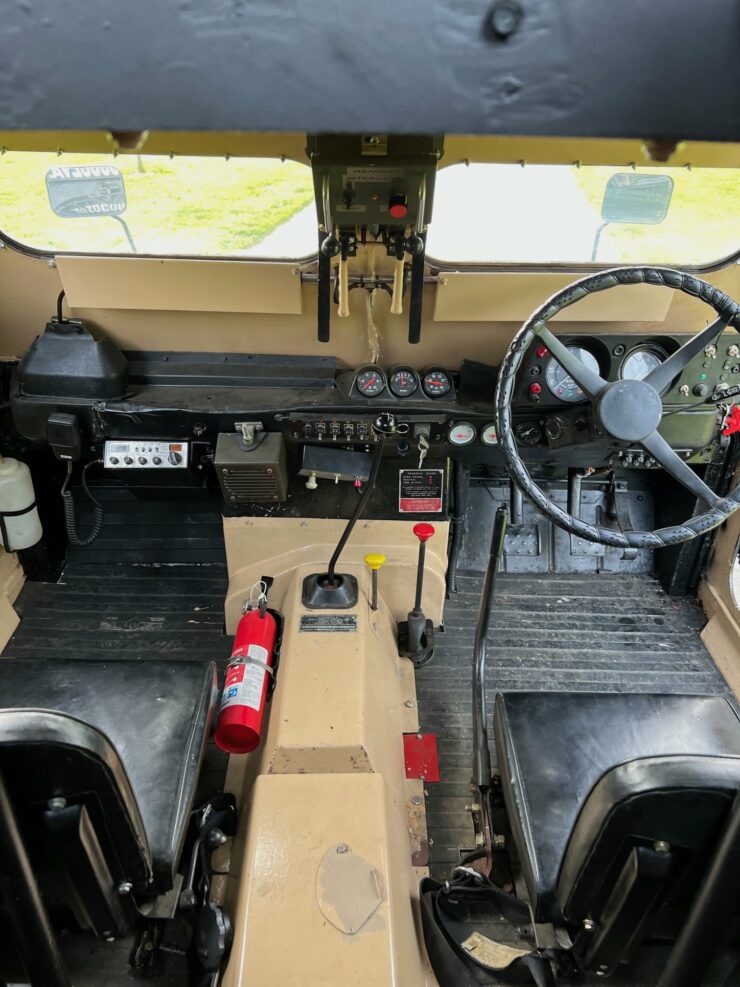

Power was sent back through a 4-speed gearbox and a dual-range transfer case to the front and rear live axles which were mounted on heavy duty leaf springs to account for the added weight of the body.
The Shoreland was largely phased out by the 1990s, it was replaced by the Land Rover Tangi which had been developed and built in-house by the Royal Ulster Constabulary’s own vehicle engineering team on the Land Rover Defender platform.
Interestingly a small number of Shorlands were still being used in Germany by the RAF police who used them to escort vehicles carrying nuclear warheads.
The Shorland Mk 3 Armored Car Shown Here
The vehicle you see here is a Shorland Mk 3, it’s one of the examples made before the rooftop machine gun turret was discontinued, making it quite desirable in military vehicle collector circles. The rotating turret remains fully operational, though as you might have expected the machine gun has been deactivated.
It’s finished in black, with black steel wheels, and a black interior. It rides on period-correct tires though they do show signs of age-related cracking and will need replacement as a matter of priority.
Power is provided by the 2.6 liter Land Rover straight-six, and it retains its original headlight guards, forward spotlight, rear hatch, siren, Clansman intercom system (with two helmets), and its Cobra CB radio.
Recent servicing has included overhauling the brakes and replacing the transmission, clutch, and the carburetor. It’s now being offered for sale with manufacturer’s literature, shop manuals, memorabilia, and a clean Virginia title in the seller’s name.
If you’d like to read more about it or register to bid you can visit the listing here on Bring a Trailer, it’s being sold out of Waterford, Virginia.
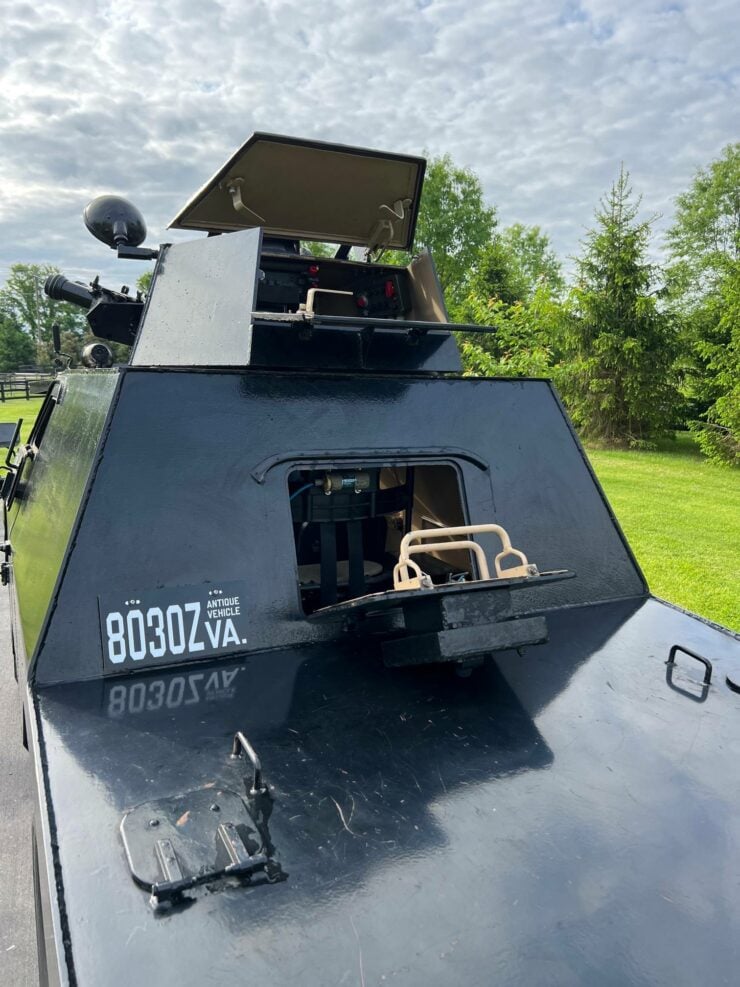
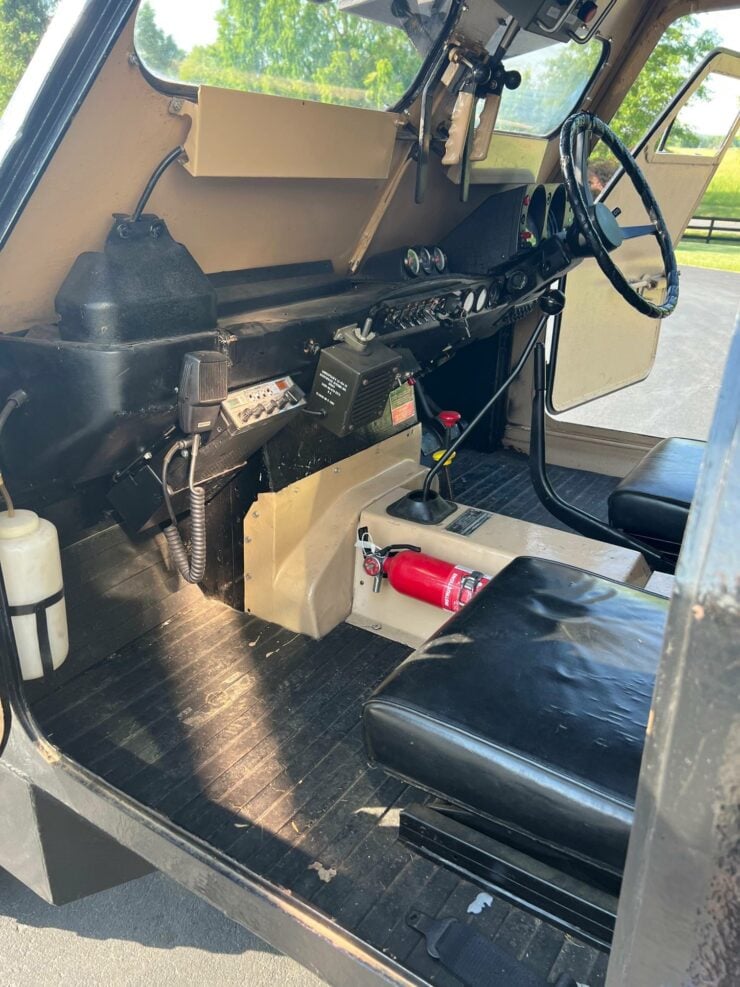
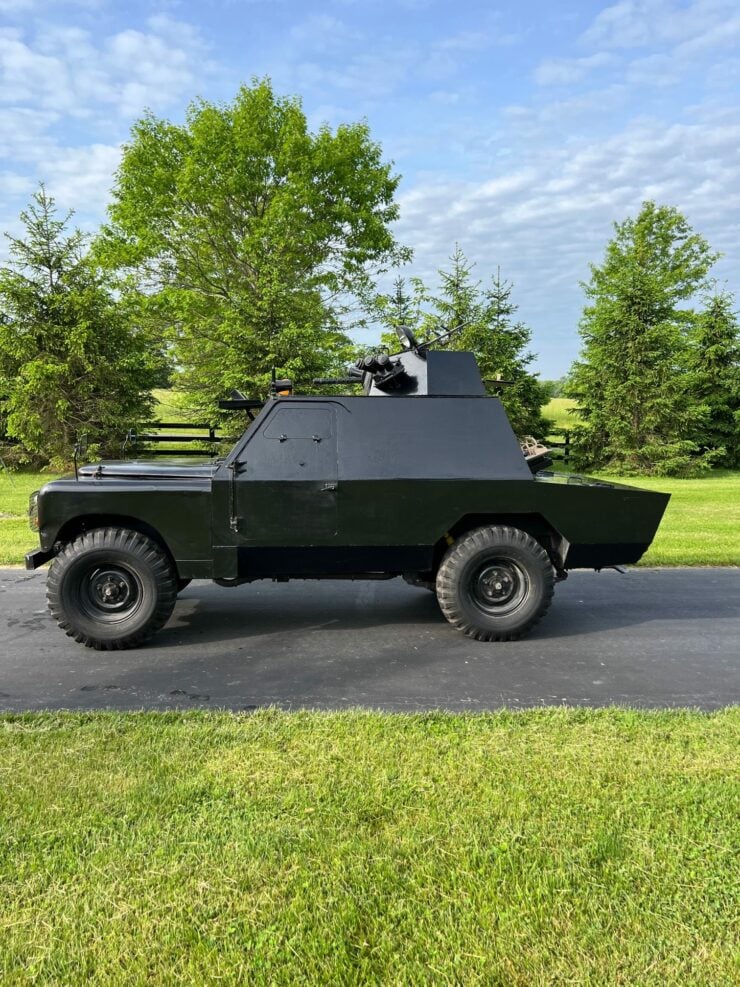
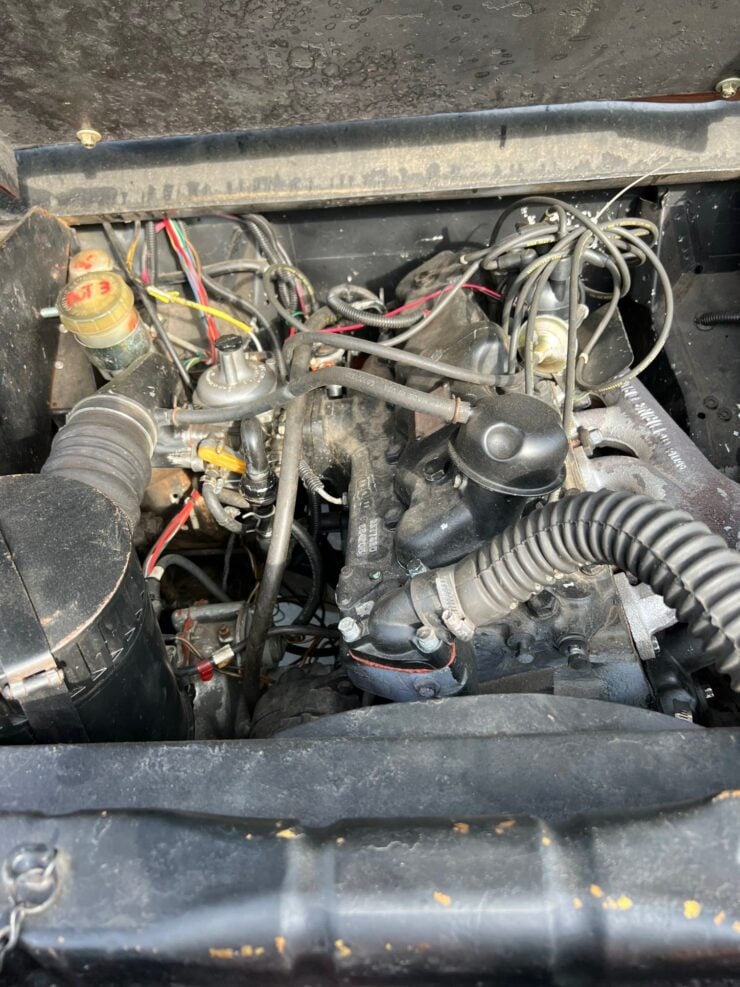


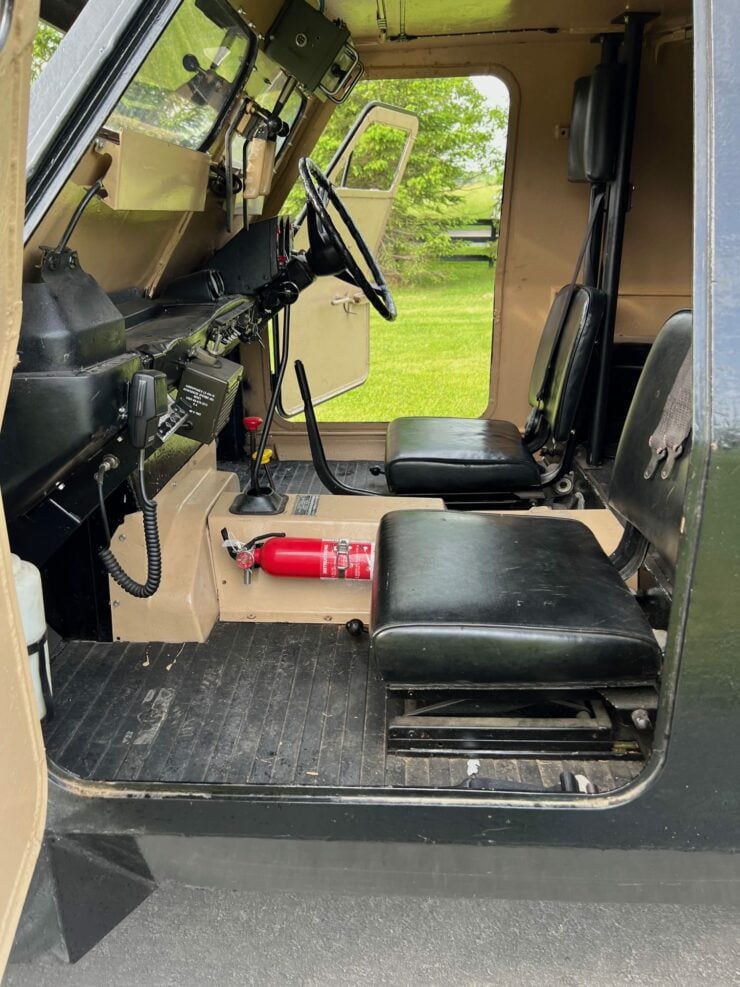
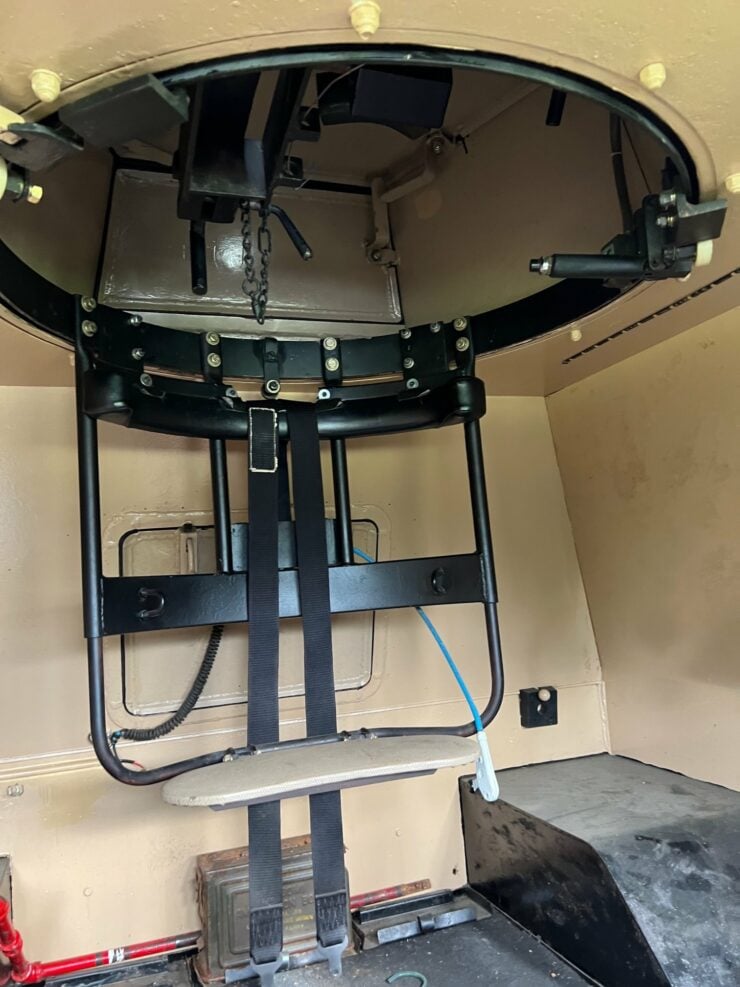
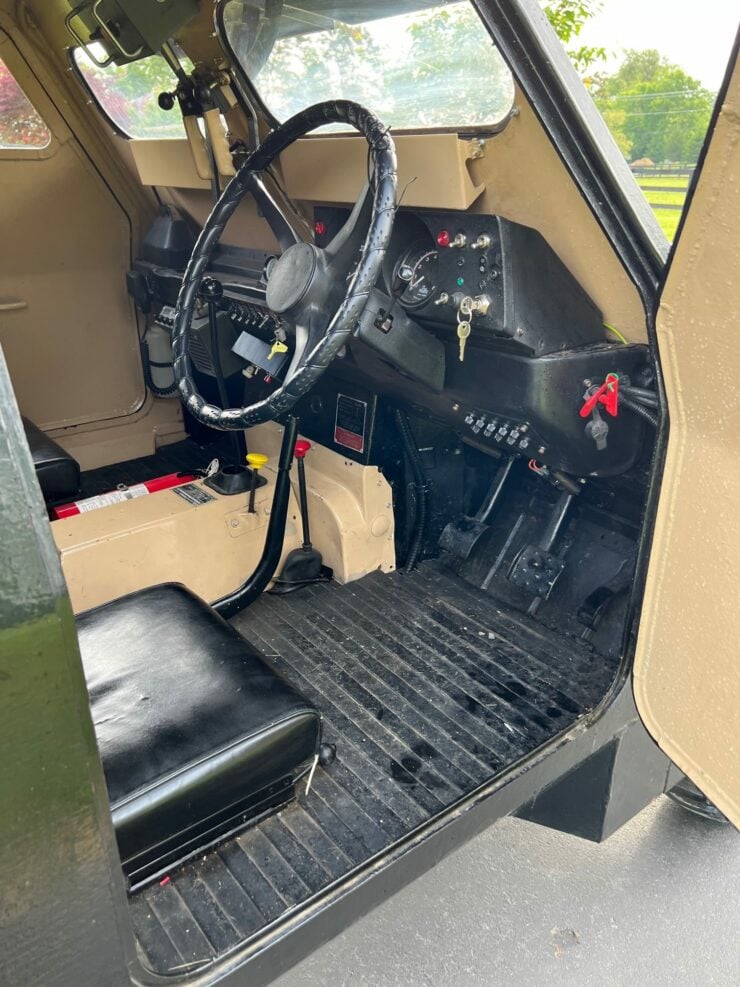
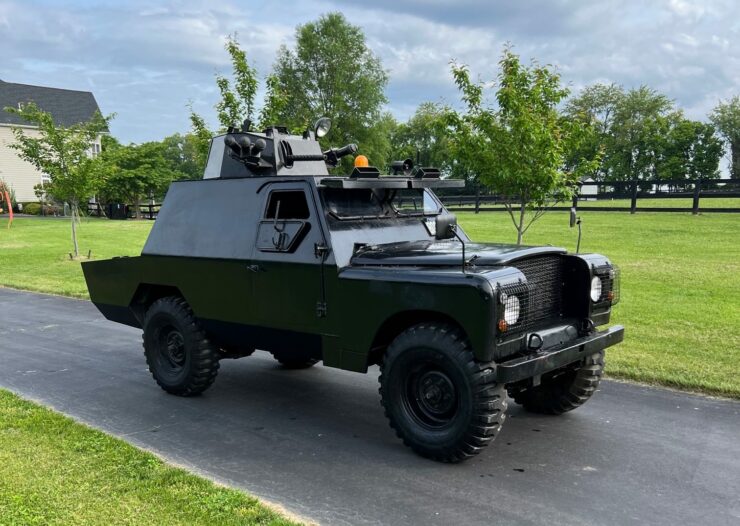
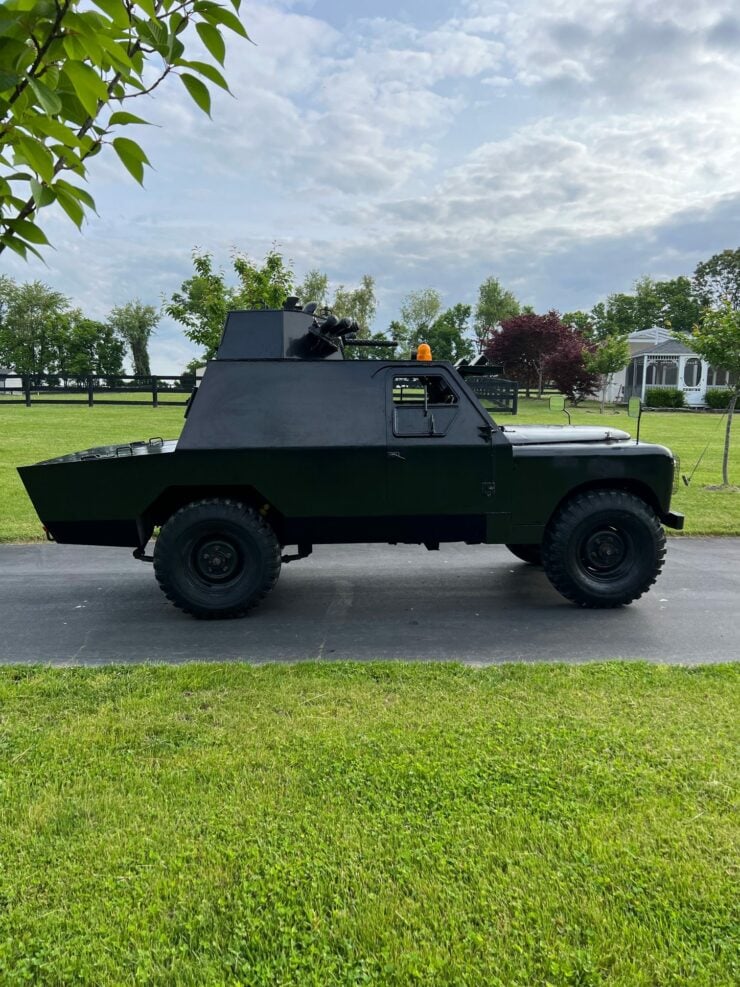
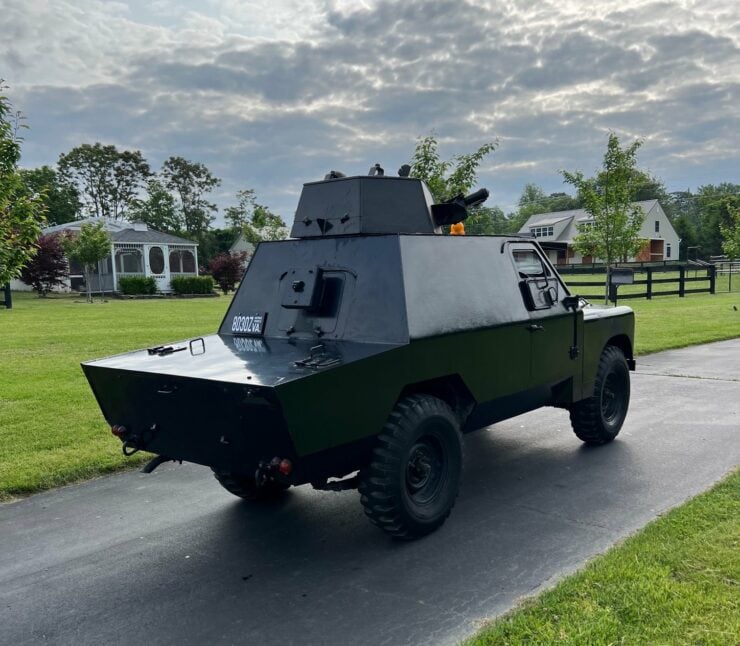
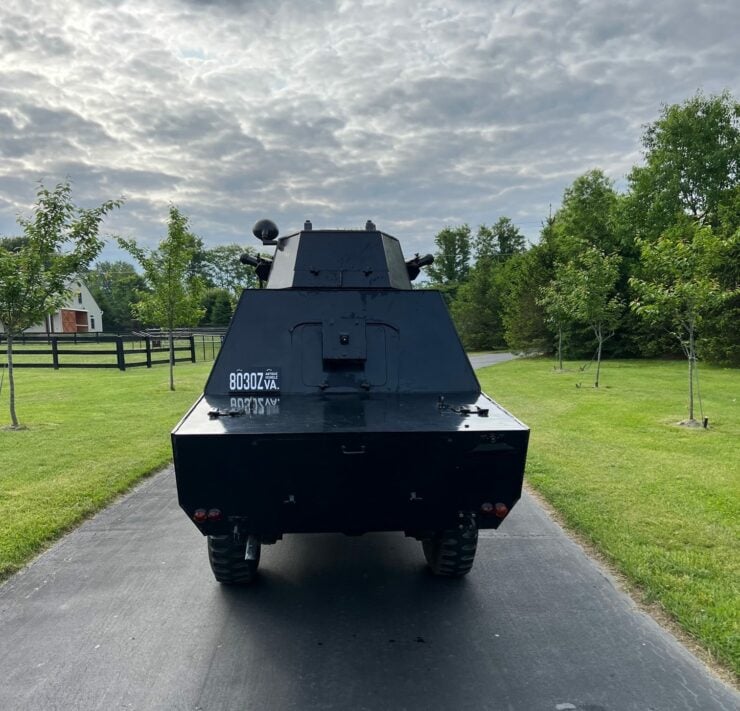
Images courtesy of Bring a Trailer.

